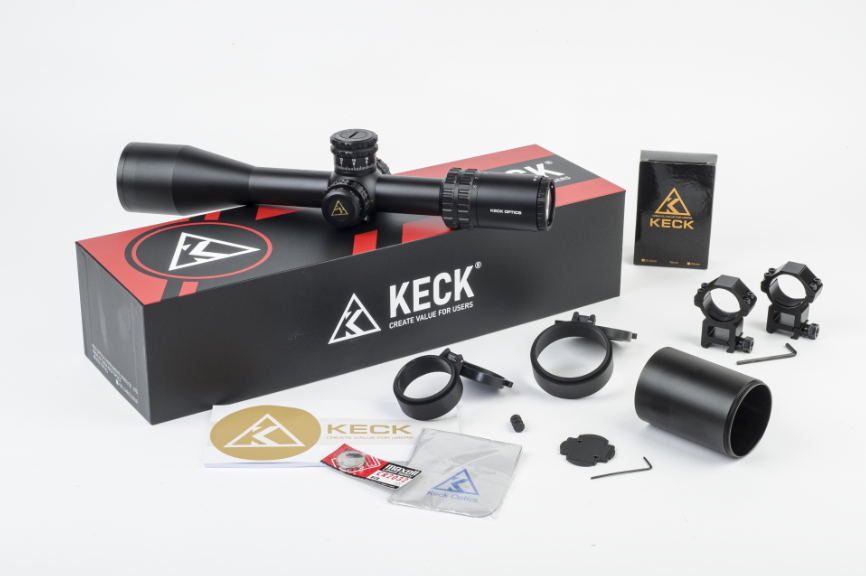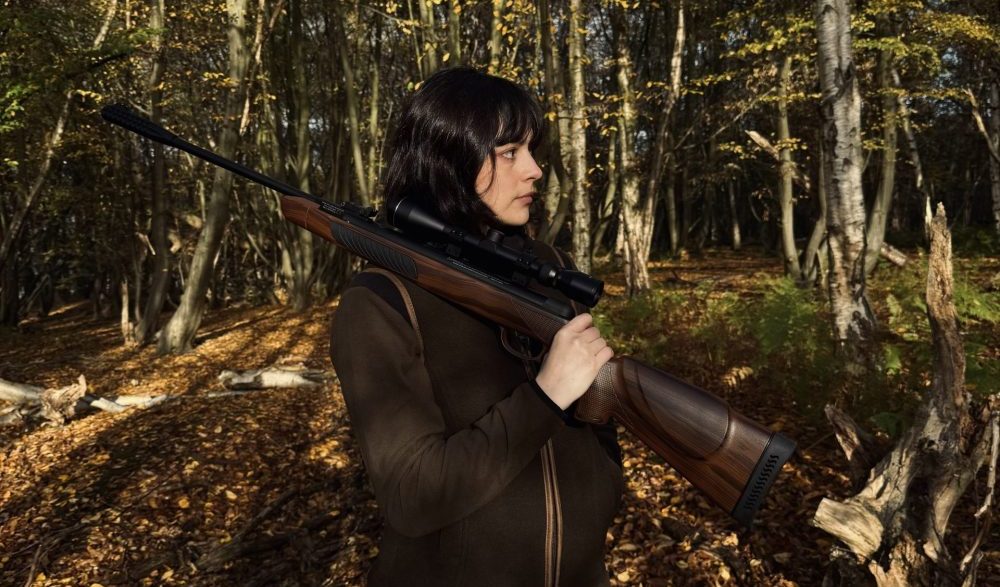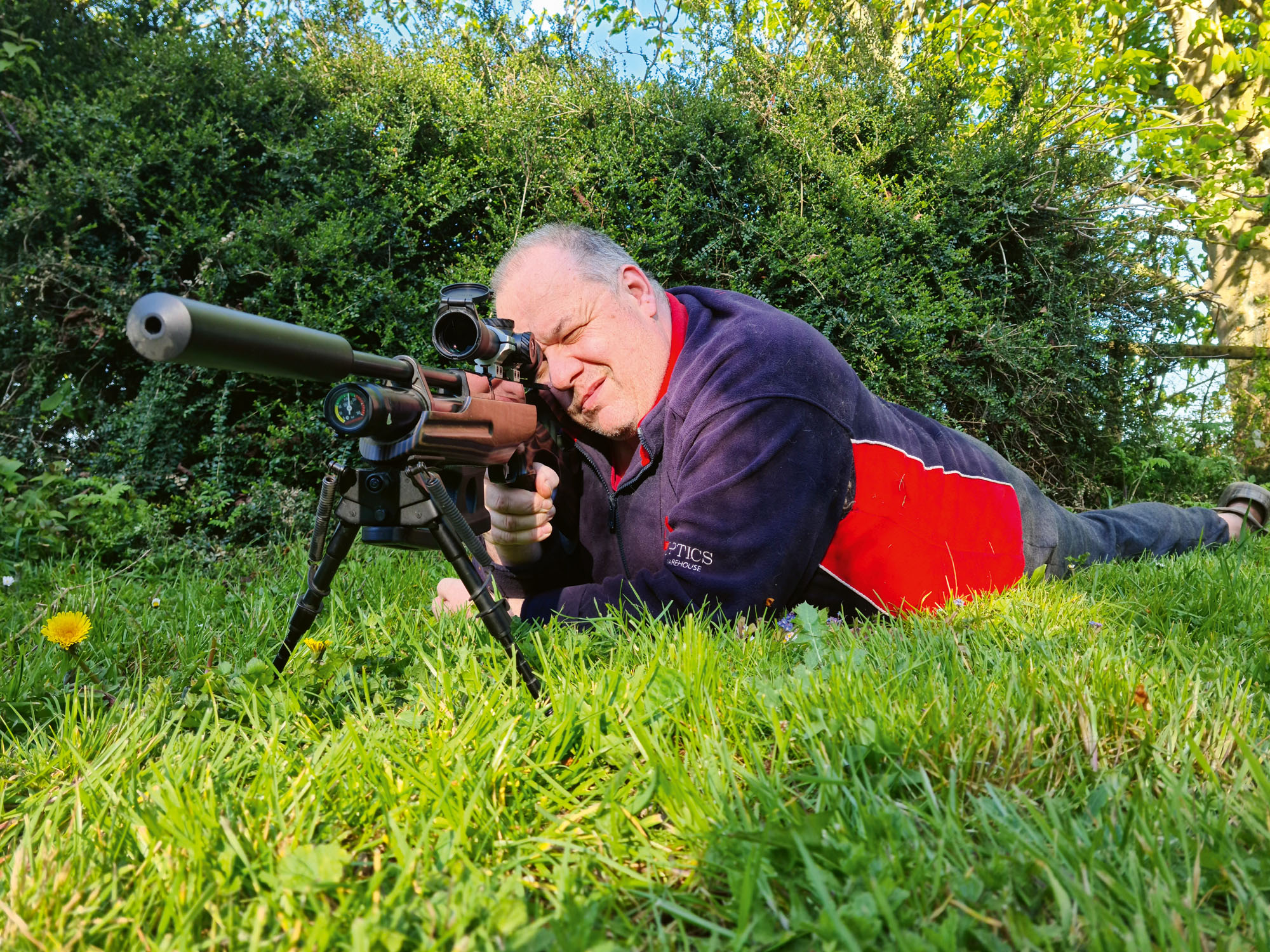FAC airguns
FAC-rated air rifles: Everything you need to know
Russ Douglas provides a comprehensive guide to the law surrounding FAC-rated air rifles in the UK, in other words, those that exceed the 12ft/lb power limit. It details licensing, storage, safe shooting distances and the complex process required to legally acquire and own these firearms
 Russ Douglas answers some of the basic questions that surround FAC-rated air rifles in the UK
Russ Douglas answers some of the basic questions that surround FAC-rated air rifles in the UK
What is the law on FAC-rated air rifles in the UK?
In Scotland, airgunners must have an AWL (Air Weapon Licence), to own any gun firing with over 1 Joule of energy (excluding Airsoft).
No licensing is currently required elsewhere in the UK until the muzzle energy reaches/ exceeds 12ft/lb, which is 16.26 Joules. Joules are used in Europe, with some countries using 16 Joules as their limit. In the UK, before we can own any gun producing over 12ft/lb (which is therefore classed as a firearm), we must apply for and obtain a firearms certificate, or FAC.
Be aware that the rule “once FAC, always FAC” applies. So if you ever get an air rifle tuned up to higher power for longer-range use, it gets added to the Police FAC weapons database — and is henceforth classed as a firearm forever thereafter.
Why do we need FAC for some air rifles?
The UK has long limited and monitored the availability of firearms to the general public. By restricting legal access to more powerful airguns, to those who have passed background and medical checks, the aim is wherever possible/ within reason, to prevent access to firearms by anyone irresponsible, to minimise the risk of harm to the public.
Hence, if an FAC owner was found guilty of drink-driving (for example), they can expect their licence to be immediately withdrawn and their guns seized, as they’ve literally just proven themselves irresponsible.
How powerful are FAC-rated air rifles?
To own an airgun which exceeds the 12ft/lb power level, citizens must apply to their local police force for an FAC.
It’s the responsibility of everyone owning an airgun to ensure it stays below the legal power limit. I always strongly recommend everyone either owns their own chronograph, or has easy access to one, such as at their local airgun club.
For anyone tuning airguns it’s an essential item. An airgun’s power is calculated using velocity (measured at the muzzle), mass (of the projectile) and Newton’s gravitational constant, that is:
(Velocity x velocity) x pellet weight / 450240
The chosen units are equally antiquated, with feet per second (fps) and grains (gr) used for velocity and pellet mass. Don’t bother trying to tweak your airgun to 11.99ft/lb, thinking it’ll be “better”.
It could be your rifle barrel and chosen ammunition are most accurate at 11.1ft/lb, or even 10.4ft/lb. Also, if it’s too close to 12ft/lb, and you leave it in a hot car on a summer’s day, then a surprise chronograph check may find it’s over the limit.
Many airgun clubs don’t allow FAC airguns to be used, as it invalidates their club insurance.

How old do you have to be to own an FAC-rated air rifle in the UK?
In the UK, anyone under the age of 14 can use an airgun under the supervision of someone over the age of 21, but cannot own or buy their own, until they’re 18 years old.
Likewise, firearms can only be used under strict over-21 supervision, until they’re old enough to apply for their own licence.
What is a safe shooting distance for an FAC-rated air rifle?
The responsibility for this rests solely with the shooter. For every shot taken, you must be sure your pellet backstop is sound, and should your pellet miss that — that it cannot cause damage or injury or cross the boundary, within which you have permission to shoot.
We pest controllers must always take care not only to limit ourselves to legal “vermin”, that is to say, those listed pest species deemed small enough to be humanely killed with an air rifle. We must also limit ourselves to engaging them at ranges where we can hit a pound-coin sized target every time. This range is not a fixed limit either, as on a gusty windy day our pellet can more easily be blown off target.

What vermin species can be shot with an air rifle?
The UK mammal species legally available to control with an air rifle are: rabbit, grey squirrel, brown rat, stoat and mink.
Birds are slightly complicated as some species are allowed to be shot all year round (feral pigeon, woodpigeons, magpies and carrion crows), while for others you must check your particular UK region’s General Licences to see what you can and cannot shoot.
If someone questions you, you must show that you were preventing serious damage to crops, or foodstuffs or protecting livestock. You may have to show you have tried other means before resorting to shooting.
You can shoot carrion crows and magpies all over the UK; hooded crows only in Scotland and Northern Ireland; jackdaws in Scotland, Wales and Northern Ireland but not within England. Jays are fair game in England, Scotland and Wales, but not Northern Ireland; rooks in England, Scotland and Northern Ireland, but not Wales; and Indian house crows only in England.
What is the maximum power limited for an air pistol in the UK?
Air pistols have a maximum UK power limit of just 6ft/lb. So, for pest control air pistols closer to this limit, e.g., above 4ft/lbs, are commonly limited to point-blank dispatch (by licensed pest controllers) of trapped animals such as mink.
There are CO2 pistol carbines that when fitted with longer barrels (such as the Crosman Ratcatcher), are capable of around 9ft/lb, but these must be limited to shorter range use than full power rifles.
How do you store FAC-rated air rifles in the UK?
All over the UK, airguns must be stored securely, primarily to prevent them being accessed by minors (and not just protected from use with trigger locks).
For those wanting to step into the world of firearms there are some dos and don’ts.
Upgraded gun storage security is essential, as unlike sub-12ft/lb airguns (which could be stored in a locked cupboard or filing cabinet) you must store FAC airguns in a police-approved firearms-specification gun safe.
Not only that, but this must be fixed (bolted) to the solid structure of your house, not just screwed to wooden wall(s).
In addition to paying for your application, you must include two referees (our Scottish Airgun Licences only require one) and obtain a covering letter from your local GP surgery (a fee is usually charged).
That must state they know of no medical reason you should be denied access to firearms. Once the police have spoken to your referees and are satisfied by your GP letter, you will also then have a one-on-one interview with an FEO (firearms enquiry officer).
Should your initial paperwork application and one-on-one interview go well, don’t be surprised if, during your inspection, your FEO has a good go at pulling your safe off the wall: it mustn’t budge a millimetre.
With pneumatics (including CO2 airguns) the general rule is the longer the barrel, the higher the power, when compared to a shorter barrel on the same action. This does not apply to spring-powered airguns.

How to buy an FAC-rated air rifle
The process of buying an FAC airgun is not always that simple, unless you can walk into your local RFD (a gun shop), FAC in hand (with an “open” slot for the right calibre/
type of rifle you want to purchase) and buy something there and then, face-to-face.
- Pre-Transfer (Buyer Action)
The Buyer submits a Variation request with their FAC (Firearms Certificate) to their local Police Firearms Office to get an open “slot” approved. The approved FAC (with the open slot) is posted back to the Buyer.
- The buyer posts their FAC to the Seller.
- Seller Actions (Transferring the Rifle)
The Seller completes the Buyer’s FAC by filling in their new rifle’s details (calibre, serial number, manufacturer and so on), then posts it back to the Buyer. The Seller contacts the Buyer’s nominated RFD (Registered Firearms Dealer) to confirm they will receive the rifle.
In the background the two RFDs exchange their details, so they’re happy to make the exchange, including keeping their respective logs up to date.
The Seller contacts their local RFD to arrange the drop-off. The Seller takes the rifle to their RFD, pays the handling fee (typically £25–£45), and the RFD completes their paperwork, then arranges the insured courier transfer, to the Buyer’s RFD.
- Post-Transfer (Buyer Collection & Finalisation)
The Buyer is notified by their RFD that the rifle has arrived The Buyer visits their RFD, who confirms the rifle’s details match those on the buyer’s FAC, pays the RFD handling fee, and takes possession of the rifle. No match = no handover.
- Mandatory Police Notification
Both the Buyer and the Seller must notify their respective local Police Firearms Departments of the transfer details within seven days (an email notification is acceptable).
- Post-Sale (Seller Action)
The Seller submits their FAC with a Variation application to their local force to re-open the slot, ready for purchasing a replacement rifle.
There are also costs involved, both in applying for your FAC, procuring and fixing your gun safe and in actually buying/ selling firearms.
For more information on airguns, General Licences and airgun law surrounding young people, visit basc.org.uk



